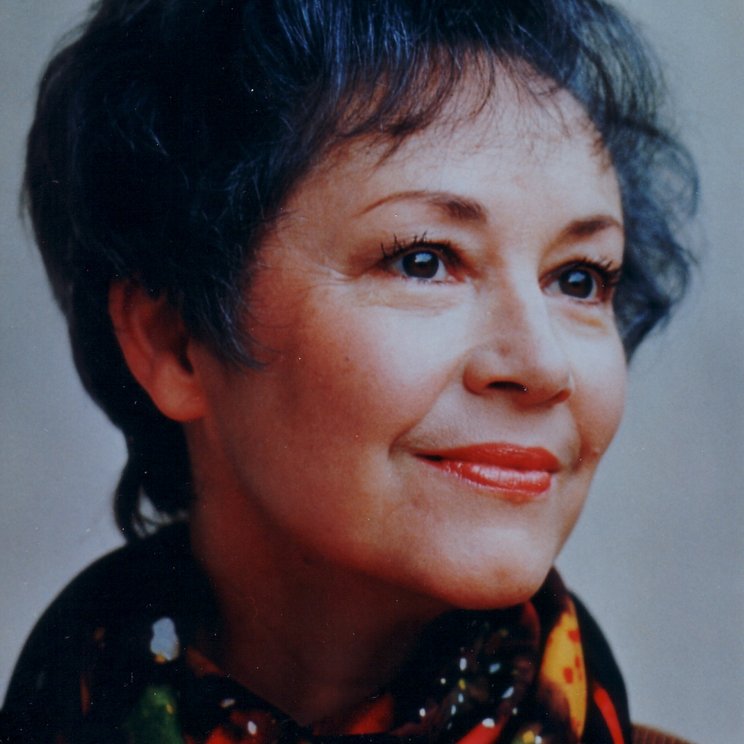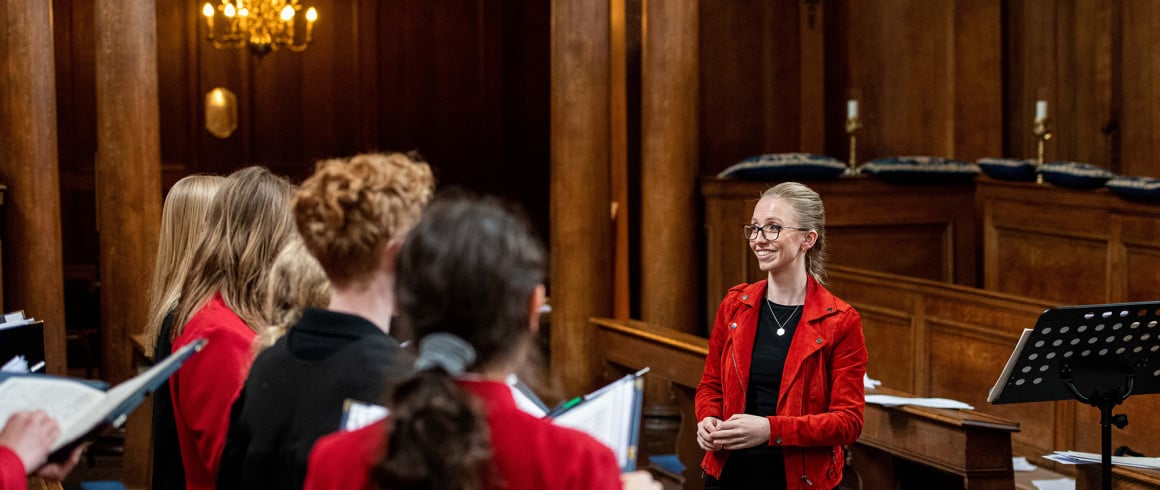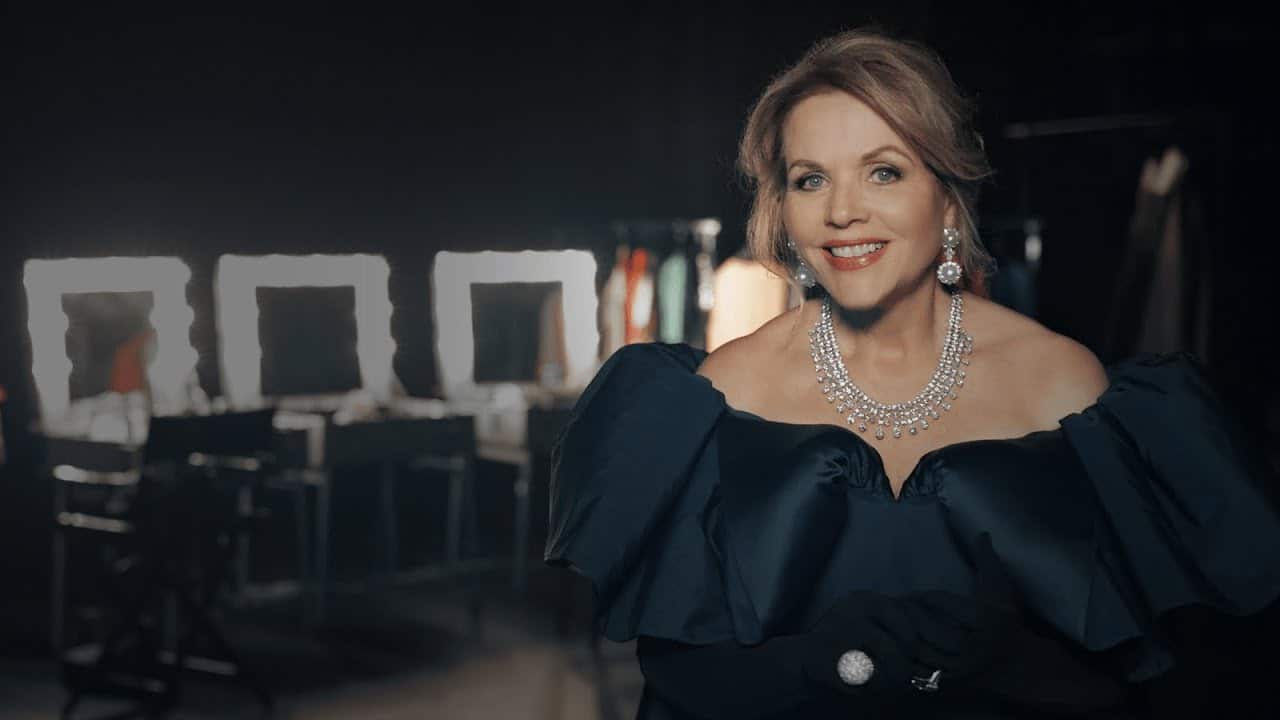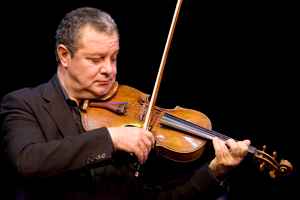This pianist has no forte
mainAfter a slew of Russian-school pianists who bang like road hammers and pedal faster than Lance Armstrong, it’s a huge relief to come across a keyboard artist who treats the modern piano like Meissen china.
His latest release is my Album of the Week on sinfini.com. Click here.






Comments